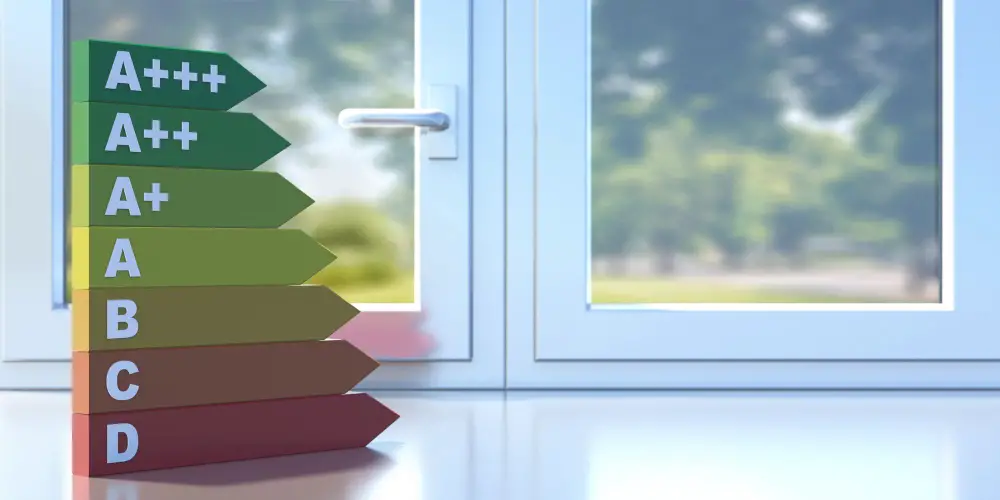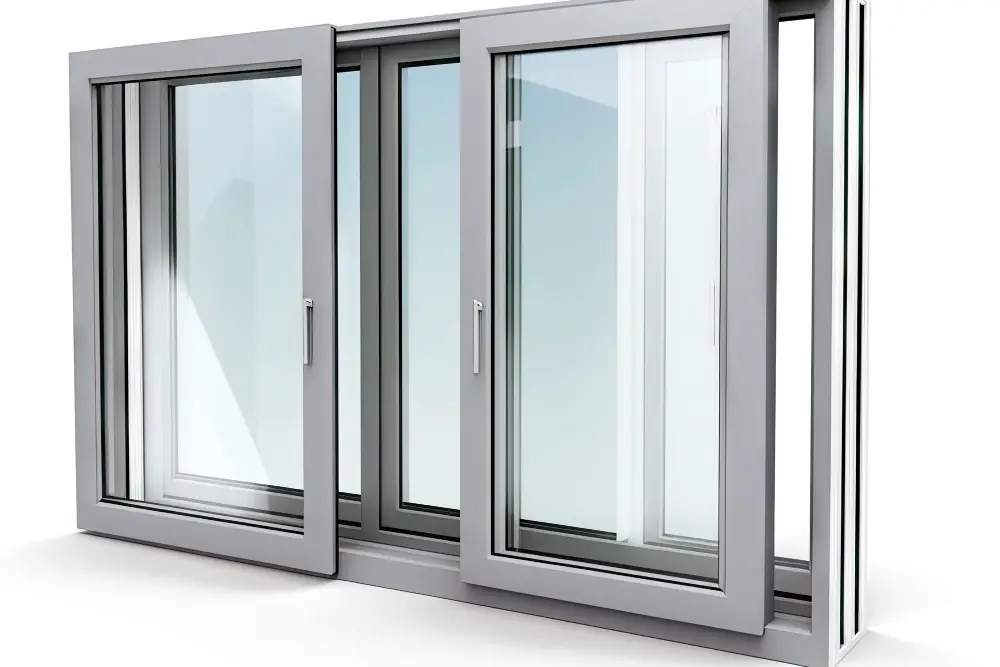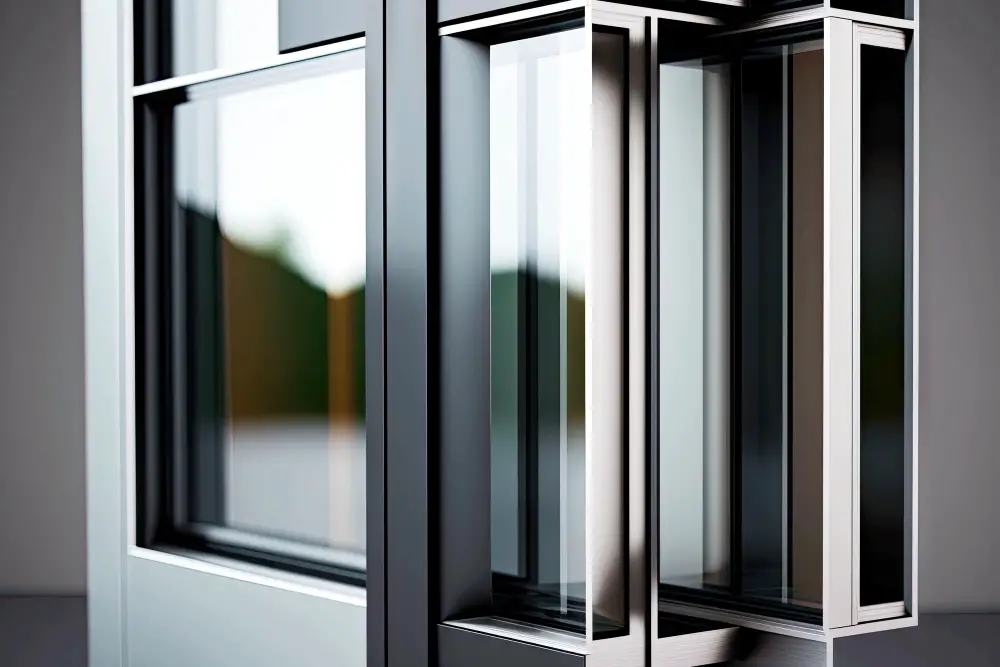Dive into the dynamic world of the window glazing industry as we unravel its significant statistics and trends shaping this sector.
The window glazing industry is a dynamic sector, with a variety of statistics that reveal its current status and future trends. From market size, growth rate, and regional breakdowns, to material preferences, energy efficiency, and technological advancements, this article delves into all these areas. With a focus on providing comprehensive insights, this piece is a treasure trove of data for anyone interested in the window glazing industry.

So, whether you’re an investor, a manufacturer, a supplier, or simply a curious reader, stay tuned for a deep dive into the world of window glazing.
Global commercial glazing market size was worth USD 42,990 million in 2022
In 2022, the value of the commercial glazing market commanded an impressive figure of USD 42,990 million.
This accounts for a broad spectrum of construction projects, including office buildings, residential towers, hotels, and shopping malls, asserting the pervasive demand for window glazing in the commercial sector.
Global commercial glazing market size is expected to reach $56,830 million by 2028
Riding the current growth trajectory, analysts project an upswing in upcoming value. By 2028, it is projected that the overall commercial glazing market will tip the scales at a staggering $56,830 million.
This surge underscores the growing demand for energy-efficient solutions in the construction sector, largely fueling industry expansion.
Adaptations in building codes and regulations favoring energy-saving solutions are other predominate factors stimulating this forecasted growth.
Window glazing industry is expected to grow at a CAGR of 6.9%
The steady growth of the window glazing industry is indisputable. Projections indicate that this sector is set to expand at a compound annual growth rate (CAGR) of 6.9%. This highlights the increasing demand for energy-efficient glazing solutions globally.
The pace of growth underscores the emphasis consumers and businesses place on energy conservation and environmental sustainability, driving the demand for superior glazing technology.
The trends predict that such high demand and sustained growth will persist in the foreseeable future, leading to continuous advancements and innovations in the glazing industry.
North America holds the highest market share
Dominating the global window glazing industry, North America attributes its top position to various factors. Key among them is the region’s robust construction sector, where stringent energy-saving regulations necessitate the use of energy-efficient materials, like glazed windows.
The surge in residential and commercial infrastructural projects, particularly in the U.S., also contributes significantly to the growth. As per market research, the aforementioned factors have poised North America firmly at the pinnacle of the glazing market.
Europe is the second-largest shareholder
Europe exhibits a substantial presence in the global window glazing market, following closely behind North America. Its position can be attributed to a demand driven by pronounced energy conservation initiatives, a thriving real estate sector, and increasing cognizance of energy-efficient homes.
These driving factors push for a continuous growth and provide ample opportunity for industry expansion. The region’s commitment to reducing its carbon footprint underscores the call for energy-efficient glazing in residential, commercial, and public buildings, reinforcing the industry’s growing significance.
Asia-Pacific is the fastest-growing region
Powering ahead with considerable speed in the window glazing industry, the Asia-Pacific region is becoming a key player.
Growth is due to a surge in construction activities, particularly in emerging economies like China and India.
Boosted by the expansion of residential, commercial, and industrial sectors, the demand for energy-efficient window glazing products is escalating.
Furthermore, regulatory initiatives promoting energy conservation and environmental sustainability are compelling the market forward.
Thus, it’s safe to say, the region’s future outlook appears incredibly promising.
Window glazing can decrease power bills by more than 20%
The effectiveness of window glazing in energy conservation is considerable. With proper insulation, it traps heat during winter and prevents excessive heat during summer.
This reduction in energy usage for heating or cooling not only makes homes more sustainable but also brings a significant decrease in power expense.
Specifically, households can experience a reduction in energy bills by over 20% with window glazing.
This financial benefit adds to the growing appeal of window glazing, making it an optimal choice for homeowners and developers alike.
Based on thickness, the market is categorized into less than 10mm, 10mm to 12mm and more than 12mm
In the glazing industry, window thickness plays a significant role in product categorization. There are three prominent categories: those with less than 10mm thickness, within the 10mm to 12mm range, and finally, those exceeding 12mm.
The ‘less than 10mm‘ category often includes windows with thinner, lightweight glazing solutions, usually selected for indoor purposes. This category provides cost-effective solutions while ensuring a basic level of insulation and noise reduction.
The ‘10mm to 12mm‘ is a sweet spot for many consumers, melding sturdiness with excellent insulation capabilities. It’s a popular choice for external windows, providing balanced efficiency against climatic conditions.
The ‘more than 12mm‘ category represents luxury, high-end products. These are the most effective for heat and noise insulation. The price point is higher, but the benefits in energy savings and comfort often justify the investment.
24 mm double-glazed windows can prevent a 70% heat loss in the summer
In the quest for optimal energy efficiency in the warmer months, 24 mm double-glazed windows demonstrate exemplary capability. During the summer season, these windows manage to reduce heat loss by an impressive 70%. This drastic reduction can be attributed to the additional pane of glass and the insulating gas-filled gap.
Such intelligent design acts as a significant barrier against solar heat transmission, reflecting it back outside, thus keeping indoor environments cooler. Consequently, air conditioning units are needed less often, leading to substantial energy and cost savings over time.
24 mm double-glazed windows can provide a 75% heat gain in the winter
The energy efficiency of 24mm double-glazed windows is particularly demonstrated in colder seasons. These windows can facilitate a significant heat gain of up to 75%. The extra layer of insulation not only helps keep the house warm but also greatly reduces the need for excess heating. Therefore, homeowners can enjoy a cozier environment while potentially saving on energy costs. Additionally, these windows contribute to a more sustainable living by reducing the carbon footprint.
References
- https://www.benzinga.com/
- https://www.globenewswire.com/
- https://www.alliedmarketresearch.com/




